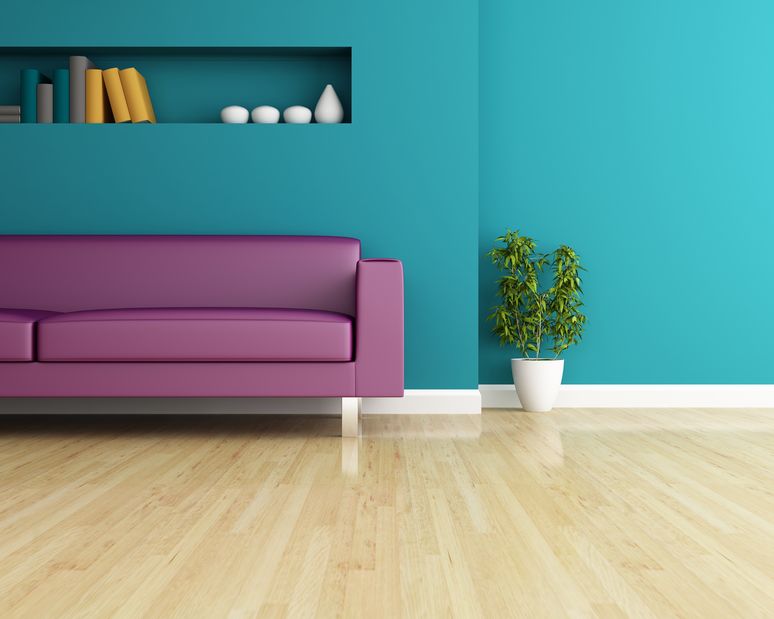Room Colors and Mood: How to Choose the Right Color to Lift Your Mood

Color psychology says there are certain ways we perceive color that affects how we feel. Some colors make us sad, others remind us of happy memories. Favorite colors are even examples of color psychology at work.
Room colors and mood go hand in hand. When it’s time to repaint, keep this in mind.
Room Colors and Mood: Effects of Warm and Cool Colors
Often, colors are put into categories based on their overall feel. Warm and cool are the most broadly used terms for these categories.
Warm colors, as they suggest, create a warmer feeling. Beige, brown, orange, and red are great examples of this. The warmth of these colors has something to do with how they are perceived. That is, they might seem “closer” to the viewer.
Cool colors are those in the range of blue, green, and purple. These colors often create feelings of relaxation or cleanliness.
Choosing the Right Color for Your Room
When thinking about wall colors and moods, it’s best to keep the above information in mind. What kind of feeling are you trying to evoke when you step into a room? Here are some examples and tips for picking the right color.
1. Color Personality
When you think about colors, you don’t think about their color personality. Yet, each color has a certain message. What kind of feeling do you want your room to have? Before you can plan the paint and decor, you have to decide what personality your room will have.
Calm? Energetic? Creative? These are only a few of the adjectives you could use to help describe your room’s feeling.
2. Test the Color
Sometimes we have a tendency to dive into a new paint color, regretting it later. What if the room color makes you feel anxious? What happens if it’s too dark? After painting, you’ll likely put off repainting and live with what you did.
Instead of doing that, take your time and take a slow dip into the color instead. Buy some test colors, paint swatches, or fabric in your desired colors. Then, spend some time with them and see how you feel over a few days.
By that time, you should know how your mood changes while around them.
3. Paint in Small Batches
Once you decide on a color, start in batches. If you’re painting a bold color, or changing things in a drastic way, keep it small. You don’t want to overwhelm your senses with a brand-new color. Especially if the color has a lot of effect on your mood.
Start with an accent wall, and let yourself get accustomed to the change in feel. Or, try using pillows and accessories to accent the color in a gradual way.
Interior and Exterior Home Painting
Once you know the psychology of room color and mood, you can make a better choice. Knowing how specific colors play on people’s feelings makes decorating much easier.
Hiring a residential painting company can make the process even quicker. Whether you need interior or exterior painting, Cal-Res House Painting can help. Contact us today to get started!
